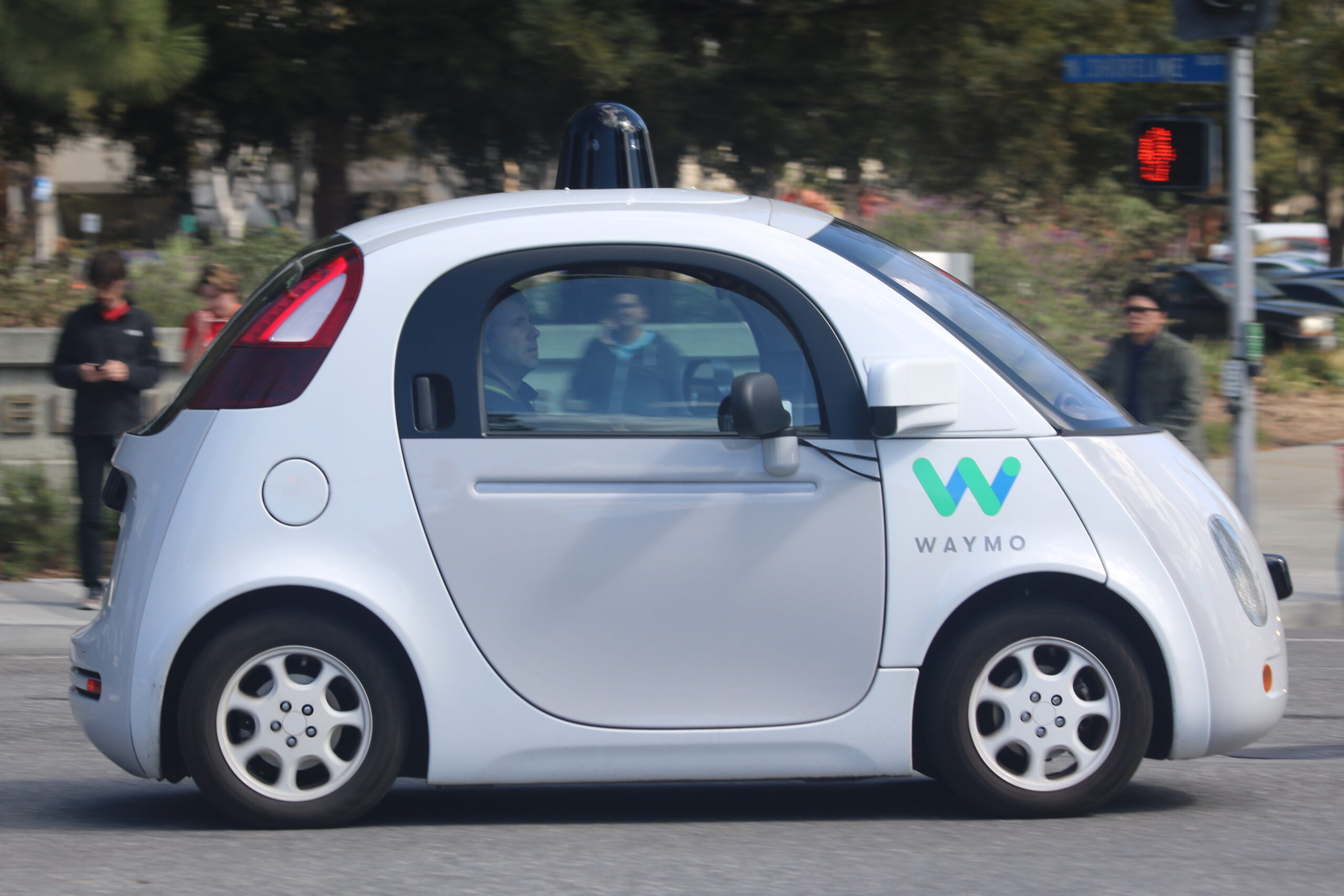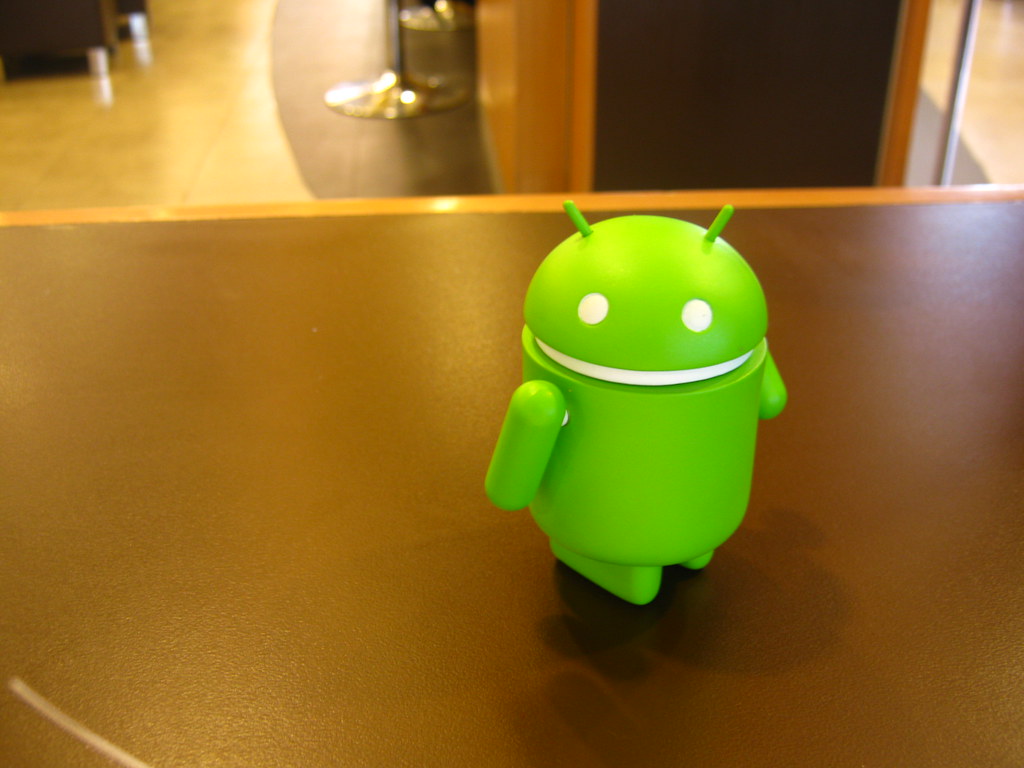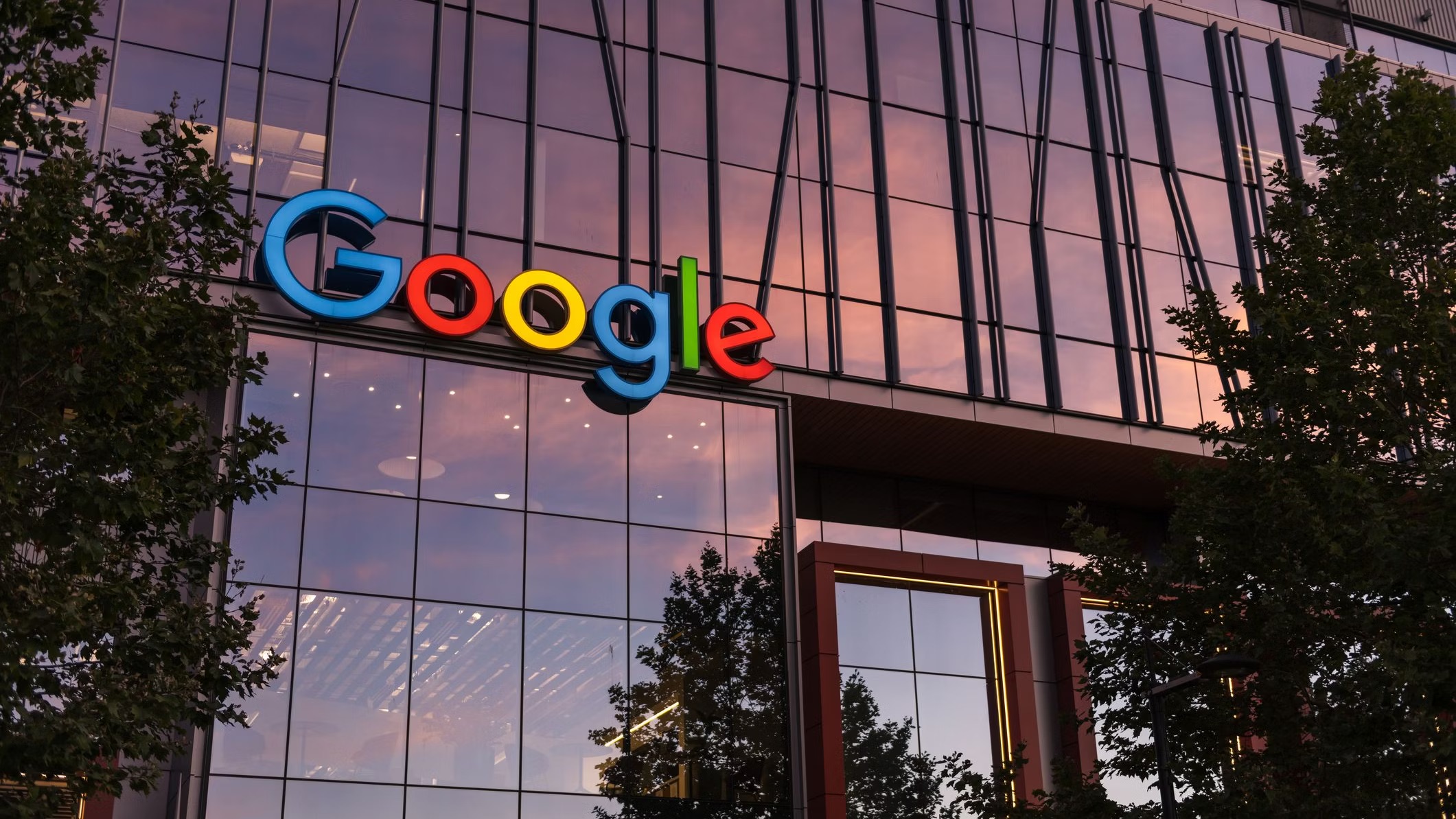Robotaxis promised to lower transportation costs by reducing labor expenses, but data shows Waymo’s rides remain significantly pricier than Uber and Lyft. New research gives a clearer picture of the pricing gap and customer reactions.
Comparing Prices in San Francisco
Obi, an app comparing ride prices and wait times, analyzed nearly 90,000 rides in San Francisco over a month. Lyft had the lowest average price at $14.44, Uber was next at $15.58, and Waymo topped the list at $20.43.
During peak hours, Waymo rides were approximately $11 more expensive than Lyft and about $9.50 pricier than Uber.
Unlike Uber and Lyft’s dynamic and finely tuned pricing models, Waymo’s system is more straightforward, based largely on supply and demand, with a limited and slowly growing fleet.
Short rides under 1.4 kilometers are especially costly, with Waymo charging roughly $26 per kilometer, significantly more than competitors. Longer wait times also drive up prices because vehicles spend more time reaching customers, limiting the number of profitable short trips.
Surveys in Los Angeles, San Francisco, and Phoenix found that 70% of Waymo users prefer driverless cars over traditional options. Safety remains a concern, with most riders supporting remote human monitoring.
Regarding fares, about 40% of users said they’d pay the same or less for Waymo rides, but a notable portion—over 40%—is willing to pay up to $10 more, indicating a premium placed on the driverless experience and privacy.
What The Author Thinks
Waymo’s premium pricing shows that early autonomous ride services come with higher costs, but many customers are willing to pay extra for the novelty, privacy, and futuristic experience. While operational efficiencies will improve over time, the current willingness to pay underscores strong interest in driverless technology. This suggests that the future of urban mobility may well blend innovation with premium service models before mass affordability.












